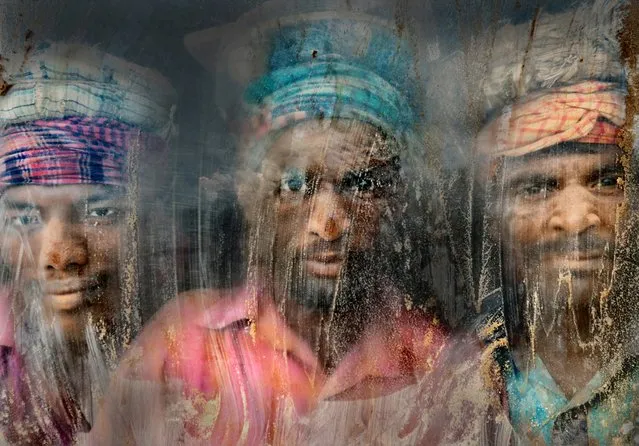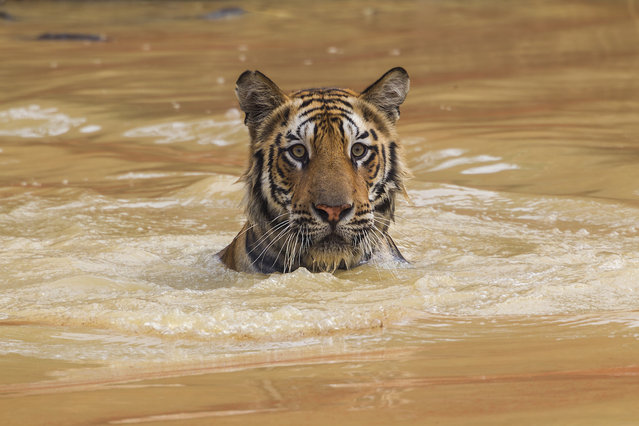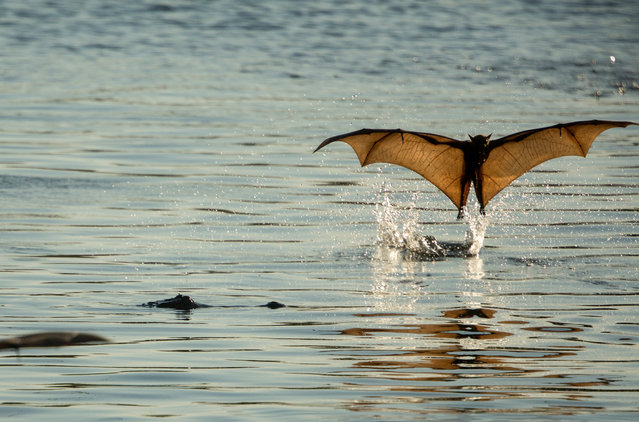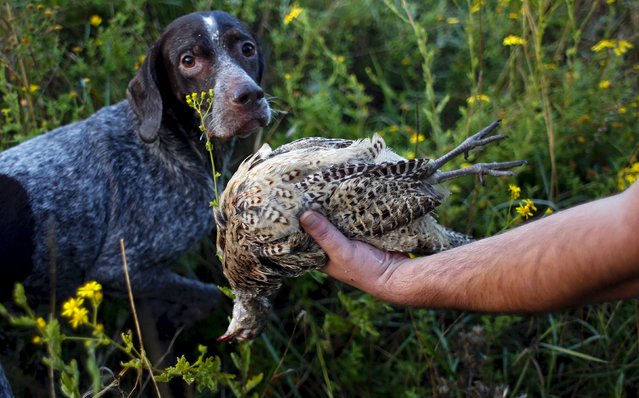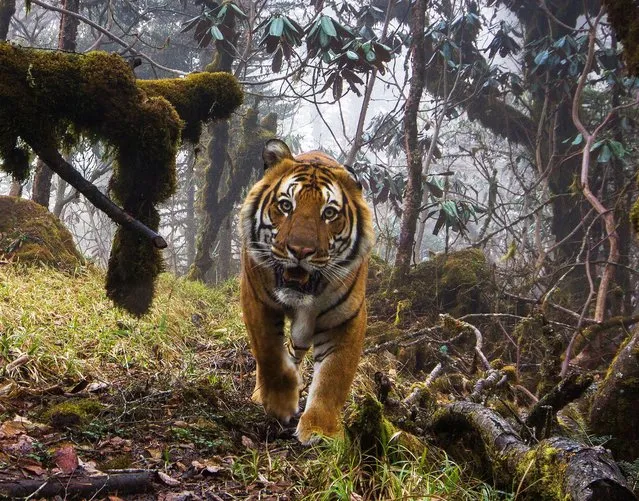
Switzerland's Lea Sprunger in action during the 300m hurdles race during the Weltklasse Zurich Inspiration Games, a virtual international athletics meeting with 30 athletes in eight disciplines at seven venues worldwide, in the Letzigrund stadium in Zurich, Switzerland, Thursday, July 9, 2020. (Photo by Arnd Wiegmann/Reuters)
13 Jul 2020 00:01:00,post received
0 comments

